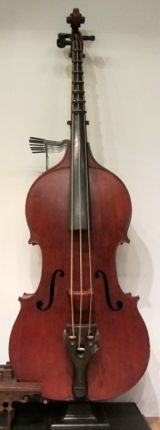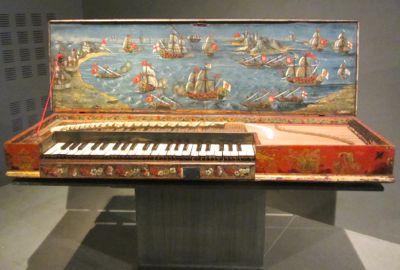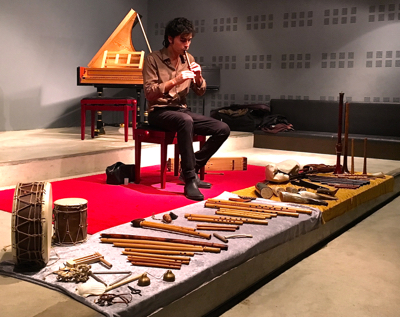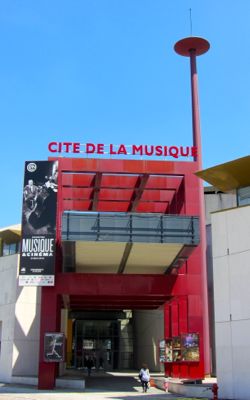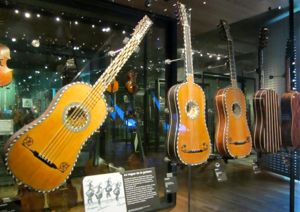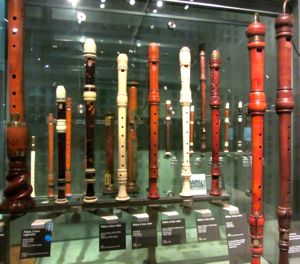 |
Musée de la Musique, Paris, France | |
| A wonderful collection of musical instruments—to see and listen to! | ||
|
|
|
The Cité de la Musique includes the wonderful Musée de la Musique and also offers a variety of concerts, musical spectacles, and instruction. The Musée de la Musique provides a history of musical instruments, from the 17th century to the 20th century. The exhibits include historic instruments that have been lovingly restored. Best of all, this being a museum dedicated to music, the free audiotour provides the chance to listen to music from the various periods, often played on the very instruments that are on display! The Musée de la Musique has over 1000 instruments and works of art. The displays focus on western musical forms, presented chronologically, with a small section addressing world music, arranged geographically. The visit starts with the 17th century and the birth of the opera. Beautiful lutes and woodwinds are on display, along with hunting instruments, keyboards, and guitars. Some are even from the 16th century. Here is a beautiful painted clavichord believed to be from the late 16th century: In the 18th century the collection focuses on mandolins, clavichords, harps, and harpsichords. Some of these instruments are true works of art. They reflect the movement in music toward new forms, including the symphony, concerto, and sonata. In the 19th century rooms you'll see some beautiful early pianos, as well as the evolution of string instruments. Inventions in this period include the Saxophone, by Adolphe Sax (born in Belgium, buried in the Montmartre Cemetery). The 19th century rooms also include a section on gigantism, featuring the huge octobass (shown on the left). One of the delights of the audiotour is stopping to listen to the music from time to time. In addition, each afternoon there is a live musician performing in the museum, sharing his or her art and willing to answer questions or discuss the music. It truly brings the museum to life!
The 20th century includes a range of artists and instruments, from Jacques Brel to electronic music and digitization. The final rooms are devoted to world music, with small collections representing the music of Africa, Asia, the Middle East, Oceania, and the Americas. The Musée de la Musique also presents special exhibitions, on such interesting topics as Music and the Movies: Marriage of the Century. Although it is somewhat out of the center of Paris, at Porte de Pantin and next to the Parc de la Villette, the Musée de la Musique is easily accessible by métro well worth a visit. You can combine this with a stroll in the Parc de la Villette and a visit to the Cité des Sciences et de l'Industrie, the science museum just on the other side of the Parc. Both museums have restaurants and cafés, or you can buy a sandwich and picnic in the park. And if you want t o make it even more of an adventure, travel to or from the Musée de la Musique on the Canal Saint-Martin. This delightful trip goes between the Port de l'Arsenal and the Parc de la Villette and takes about two and a half hours. Paris Museum Pass accepted. Closed on Mondays. Métro: Porte de Pantin Musée de la Musique
|
|
Above, Entrance to Cité de la Musique, home of the Musée de la Musique.
|
By Tom Brosnahan & Jane Fisher | About Us | Disclaimer | Copyright © 2008-2025 by Travel Info Exchange, Inc. | Contact Us
